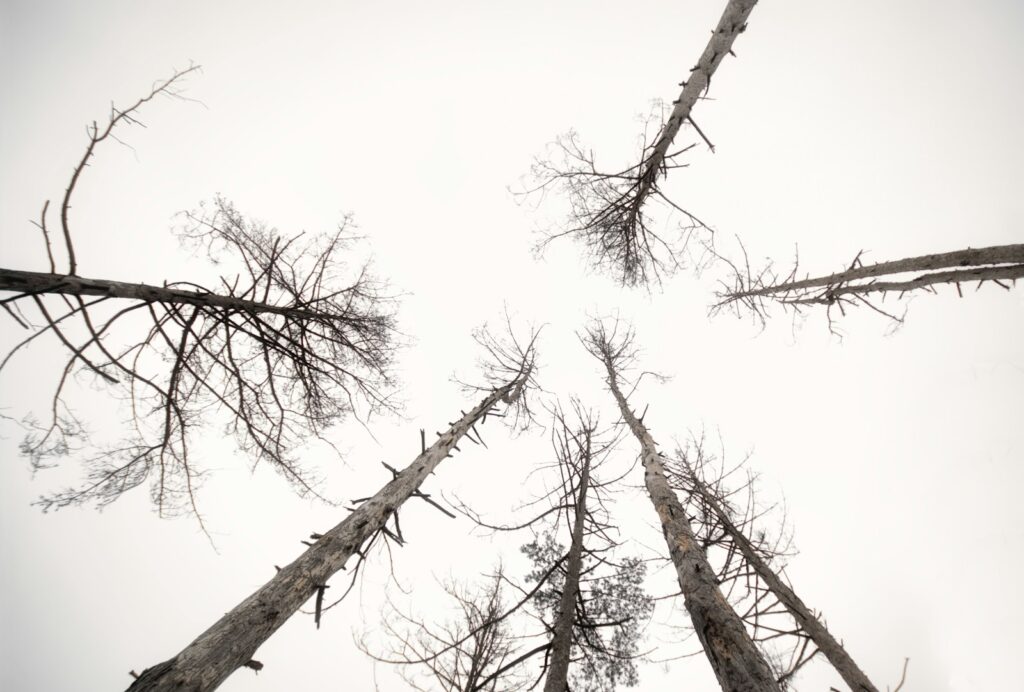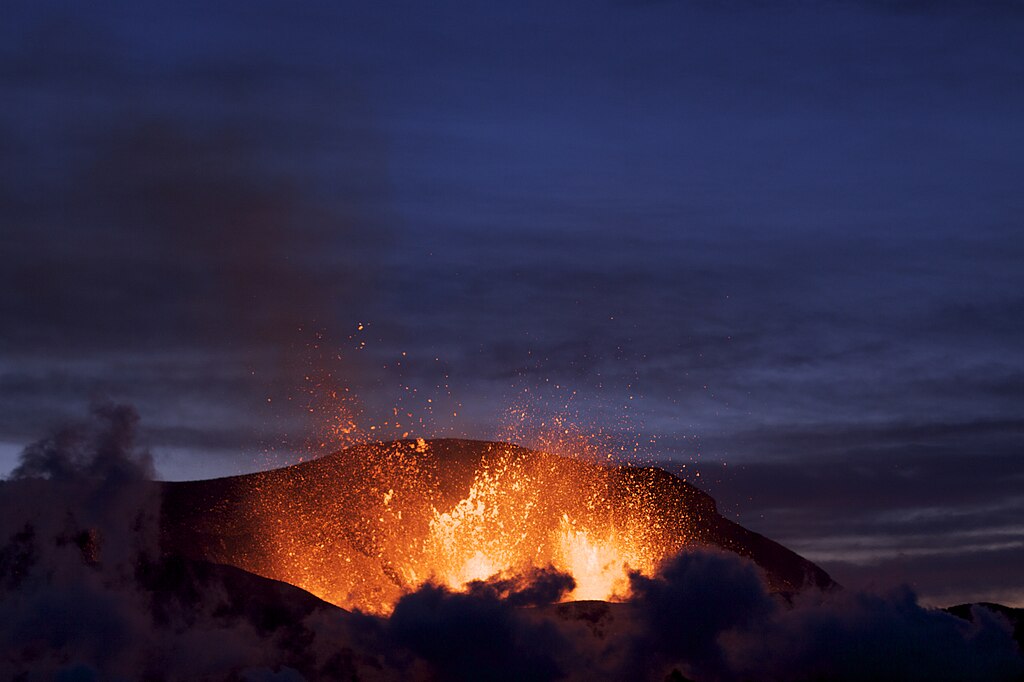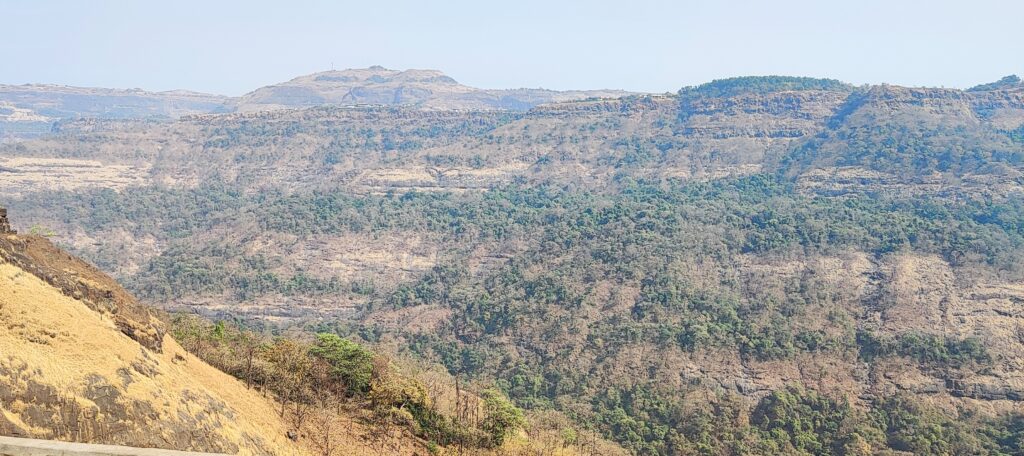The dinosaurs dominated Earth for over 165 million years, thriving through dramatic climate shifts and environmental changes that would challenge even the most adaptable modern species. From scorching deserts to lush rainforests, from warm polar regions to seasonal temperate zones, these magnificent creatures evolved remarkable adaptations to survive in their prehistoric worlds. The climate of the Mesozoic Era (252-66 million years ago) fundamentally shaped dinosaur biology, behavior, and ecology in ways we’re only beginning to understand through fossil evidence, geological records, and comparative studies with modern animals. Let’s explore how prehistoric climates influenced the daily survival challenges and adaptations of dinosaurs across their long reign.
The Greenhouse World of the Mesozoic

When dinosaurs first emerged in the Late Triassic period, they entered a world fundamentally different from our own—a supercontinent called Pangaea dominated the landscape under a climate far warmer than today. Throughout most of the Mesozoic Era, Earth operated as a “greenhouse world” with global temperatures averaging 10-15°C higher than present day and minimal ice at the poles. Carbon dioxide levels ranged between 2-5 times higher than pre-industrial levels, creating conditions that supported extensive forests even at high latitudes. This greenhouse climate meant dinosaurs never experienced ice ages like those that would later challenge mammals, but instead faced different survival pressures—extreme heat, seasonal droughts, and intense competition for resources in highly productive ecosystems. The prevalence of warm conditions globally allowed dinosaurs to spread across virtually all terrestrial environments, from the equator to the poles.
Coping with Mesozoic Heat Waves

The intense heat of Mesozoic summers presented a significant challenge for large-bodied dinosaurs, particularly in tropical and subtropical regions where temperatures could soar. Paleontologists believe many dinosaur species evolved specialized thermoregulatory adaptations to manage these heat loads, similar to strategies seen in modern large animals. Some likely relied on behavioral cooling methods—seeking shade during peak heat, remaining active primarily during cooler morning and evening hours, or migrating to higher elevations or cooler regions seasonally. Others may have used physiological mechanisms like nasal cooling systems, as evidenced by the complex nasal passages in many dinosaur skulls that could have functioned as heat exchangers. The elaborate head crests in hadrosaurs or the “sails” of spinosaurids potentially served as radiators to dissipate excess body heat, while the extensive air sac systems in many dinosaurs may have aided in temperature regulation alongside their respiratory function.
Seasonal Challenges and Adaptations

Despite the overall warmth of the Mesozoic, many dinosaurs still faced pronounced seasonal changes that required specific survival adaptations. In mid-to-high latitude regions, shorter winter days meant reduced plant growth and food scarcity for herbivores, which consequently affected carnivore populations. Recent studies of bone growth rings similar to tree rings suggest many dinosaur species experienced seasonal growth patterns, potentially slowing their metabolism during less favorable conditions. Some dinosaurs likely migrated seasonally, following food resources as modern wildebeest or caribou do, evidenced by trackway fossils showing directional movement of herds. Other species may have altered their diets seasonally, switching between preferred foods and fallback options as availability changed. The discovery of dinosaur remains in ancient polar regions with seasonal darkness suggests some species developed specialized adaptations like enhanced vision or possibly entered states of torpor during the harshest months when food was scarce.
Dinosaurs of the Polar Regions

One of the most surprising revelations in dinosaur paleontology has been the discovery of diverse dinosaur communities living within the Arctic and Antarctic Circles. Though warmer than today, these regions still experienced months of continuous darkness and periods of relative cold during the Mesozoic winter. The Alaskan formations have yielded fossils of Edmontosaurus, Pachyrhinosaurus, and various small theropods, while Antarctica has provided evidence of crested dinosaurs and early relatives of Tyrannosaurus rex. These polar dinosaurs faced unique challenges, including navigating in low light, finding food during winter months, and managing temperature fluctuations. Some likely possessed enhanced senses or larger eyes for low-light conditions, while others may have developed specialized insulation. Evidence suggests some polar dinosaurs remained year-round residents rather than seasonal migrants, potentially developing physiological adaptations like elevated metabolic rates or behavioral strategies such as communal living to conserve heat. These discoveries challenge the traditional view of dinosaurs as strictly reptilian in their environmental tolerances.
Living Through the Cretaceous Rainfall Patterns

The breakup of Pangaea during the Jurassic and Cretaceous periods created new ocean basins and coastal environments, fundamentally altering global precipitation patterns in ways that impacted dinosaur habitats. Geological evidence suggests parts of the Cretaceous period saw intense monsoon systems developing across regions like Asia, with dramatic wet and dry seasons that would have shaped plant growth and water availability. Dinosaurs in these regions evolved strategies to cope with these extremes—some may have migrated following the rains like modern African elephants, while others developed specialized feeding adaptations to utilize tough vegetation during dry periods. Ceratopsians, with their powerful beaks, could process fibrous plant material that remained available during droughts, while sauropods with their extensive gut fermentatiosystemsms could extract nutrients from low-quality forage. The evolution of specialized teeth in many herbivorous dinosaurs likely reflected adaptations to regional vegetation shaped by these rainfall patterns, allowing different species to partition resources even within the same ecosystem.
Forest Fires and Dinosaur Survival

The high oxygen levels and extensive vegetation of the Mesozoic created conditions ripe for natural wildfires, with geological evidence showing charcoal layers throughout dinosaur-bearing formations. These prehistoric fires, often triggered by lightning or volcanic activity, would have presented immediate survival challenges but also created ecological opportunities for dinosaurs. Mobility was likely crucial for escaping advancing flames, with bipedal species potentially having an advantage in navigating burning landscapes. Post-fire environments would have attracted herbivores to nutritious new growth, creating temporary feeding hotspots that predators would have exploited. Some dinosaur communities may have been adapted to fire-prone ecosystems, similar to how certain modern Australian or African fauna have evolved alongside regular fire regimes. The discovery of dinosaur remains in ancient burn layers suggests some individuals were unable to escape these catastrophic events, while others may have developed behavioral adaptations to detect and flee from smoke and flames—instincts that would have been heavily selected for in fire-prone habitats.
Volcanic Landscapes and Adaptations

Throughout the Mesozoic, dinosaurs contended with periods of intense volcanic activity that drastically altered local and sometimes global climates. Major volcanic provinces like the Deccan Traps in India and the Siberian Traps produced massive lava flows and atmospheric pollutants that could cause short-term cooling followed by greenhouse warming. Dinosaurs living near active volcanic regions faced additional challenges, including toxic gases, ash falls that contaminated water sources, and altered vegetation communities. Some species likely developed specialized respiratory systems to cope with ash-laden air, while others evolved behavioral adaptations to detect and avoid dangerous volcanic emissions. Paradoxically, volcanic soils often produce extremely fertile landscapes once stabilized, potentially creating resource-rich habitats that could support high dinosaur population densities once immediate dangers subsided. The ability to recolonize landscapes after volcanic disturbances may have been an important factor in determining which dinosaur lineages persisted through major eruption events and which succumbed to these environmental pressures.
Desert-Dwelling Dinosaurs

The vast Pangaean continent created extensive interior regions far from oceanic moisture sources, resulting in major desert environments that presented extreme survival challenges for dinosaurs. Fossil evidence from formations like the Gobi Desert in Mongolia reveals specialized dinosaur communities adapted to these harsh conditions. These desert-adapted species evolved water conservation strategies, potentially including specialized kidney function, water-efficient metabolism, and behavioral adaptations to reduce water loss. Some may have obtained moisture primarily from their food sources, like modern desert tortoises, while others likely developed acute senses to locate ephemeral water sources after rare rainfall events. Skeletal evidence suggests some desert dinosaurs possessed features that minimized heat absorption, such as reflective scales or specialized skin structures. Nesting adaptations in these environments were particularly important—many small theropods and protoceratopsians from the Gobi were buried by sudden sandstorms while protecting their nests, suggesting these species remained with their eggs despite environmental dangers, a strategy that balanced reproductive success against personal survival in unpredictable desert conditions.
Coastal Adaptations and Sea Level Changes

The Mesozoic Era saw dramatic fluctuations in global sea levels, with Cretaceous seas reaching up to 300 meters higher than present day, creating vast inland seaways and extensive coastal habitats. These dynamic shoreline environments offered rich feeding opportunities but required specialized adaptations among coastal dinosaur communities. Some dinosaurs developed salt-processing adaptations similar to modern marine iguanas or shore birds, allowing them to consume marine resources without becoming dehydrated. Trackway evidence shows dinosaurs frequenting tidal flats and shorelines, likely feeding on stranded marine organisms, shellfish, or coastal vegetation. Rising seas repeatedly forced inland migrations, potentially driving evolutionary adaptations as coastal specialists had to compete with established inland communities. Conversely, falling sea levels created new territorial opportunities but reduced coastal productivity. The constant shifting of these habitat boundaries may have driven speciation events as populations became isolated by advancing seas or reconnected during regressions, contributing to the remarkable diversity of dinosaur forms that evolved throughout the Mesozoic in these dynamic coastal transition zones.
Food Web Responses to Climate Shifts

Climate changes throughout the Mesozoic periodically reorganized entire ecosystems, altering plant communities and consequently restructuring dinosaur food webs from the bottom up. During warming events, tropical vegetation zones expanded poleward, allowing heat-adapted dinosaur species to expand their ranges while creating competitive pressure on temperate-adapted species. Cooling periods had the opposite effect, potentially isolating tropical specialists in shrinking habitat pockets. The evolution of flowering plants (angiosperms) during the Cretaceous represented perhaps the most significant botanical shift, providing new food sources but requiring specialized digestive adaptations to process these novel plant tissues. Evidence suggests some herbivorous dinosaur groups like ceratopsians and hadrosaurs diversified rapidly alongside flowering plant evolution, developing more complex dental batteries capable of processing these new plant resources. Predatory dinosaurs, in turn, would have experienced secondary effects as their prey species’ distributions and abundances shifted in response to these botanical changes, creating cascading effects throughout Mesozoic food webs with each significant climate transition.
Catastrophic Weather Events and Dinosaur Resilience

The warmer Mesozoic climate likely generated more energetic weather systems than today, subjecting dinosaur communities to frequent extreme weather events, including hurricanes, floods, and droughts of exceptional intensity. Fossil evidence occasionally captures the aftermath of these catastrophes, such as the mass mortality sites where multiple dinosaur individuals were swept away by flash floods or buried in storm deposits. These events would have selected for species with behavioral adaptations for sensing and responding to weather threats, perhaps explaining the elaborate sensory crests in some hadrosaurs that may have detected barometric pressure changes. The ability to endure without food or water during extended droughts likely favored dinosaurs with efficient metabolisms and fat storage capabilities. Bone beds containing multiple species suggest some dinosaurs may have congregated around diminishing water sources during severe droughts, creating temporary predator-prey truce situations similar to those observed at modern African waterholes during drought conditions. These recurring weather extremes would have represented a significant selective pressure throughout dinosaur evolution, favoring lineages with physical and behavioral resilience to environmental unpredictability.
Climate Influences on Dinosaur Reproduction

The success of any dinosaur species ultimately depended on successful reproduction, a process heavily influenced by prevailing climate conditions. Evidence from fossil nests and eggs reveals sophisticated reproductive strategies adapted to specific environmental challenges. Many dinosaurs buried their eggs like modern reptiles, making nest temperature critically dependent on ambient soil conditions and solar radiation. Some species built vegetation mounds that generated heat through decomposition, while others may have directly incubated their eggs like birds. Climate seasonality likely dictated breeding seasons, with many species timing reproduction to align hatching with peak food availability. The discovery of dinosaur nests in ancient polar regions suggests even these extreme environments supported successful breeding, potentially through specialized incubation strategies or migration timed to exploit the brief but productive polar summers. Temperature-dependent sex determination, common in modern reptiles, may have existed in some dinosaur species, making climate stability important for maintaining balanced sex ratios in populations. These complex interactions between climate and reproduction represent one of the most vulnerable points in dinosaur life history, where even subtle environmental changes could have had outsized impacts on population viability.
The Climatic Factors Behind Dinosaur Extinction

The end-Cretaceous mass extinction that eliminated non-avian dinosaurs 66 million years ago resulted from a perfect storm of climatic catastrophes triggered by a massive asteroid impact, potentially exacerbated by contemporaneous volcanic activity from the Deccan Traps. The immediate aftermath included a global “impact winter” where dust and aerosols blocked sunlight, collapsing plant productivity and destabilizing food webs worldwide. This was followed by extreme greenhouse warming as massive carbon releases altered atmospheric composition. While dinosaurs had survived previous climatic fluctuations throughout their 165-million-year reign, the unprecedented rate and magnitude of these combined changes exceeded their adaptive capacity. Small, insulated, burrowing animals with flexible diets had survival advantages in this rapidly changing world, explaining why mammals, birds, and some reptiles persisted while larger dinosaurs perished. Ironically, the climate adaptability that served dinosaurs so well throughout the Mesozoic proved insufficient against the abrupt, compound climate disasters at its conclusion. Yet this extinction event illuminates by contrast just how remarkably successful dinosaurs had been at adapting to the full spectrum of climate challenges they faced throughout their long evolutionary history.
Conclusion

As we continue to uncover fossils and develop new analytical techniques, our understanding of how prehistoric climates shaped dinosaur lives grows increasingly sophisticated. The remarkable adaptability of dinosaurs to Mesozoic climate conditions—from scorching deserts to polar forests, from volcanic landscapes to coastal floodplains—reveals the incredible evolutionary potential of these animals. Their success across 165 million years of climate fluctuations testifies to their biological innovation and ecological flexibility. While non-avian dinosaurs ultimately succumbed to unprecedented rapid climate change at the end of the Cretaceous, their avian descendants carry forward this legacy of adaptation today. By studying how dinosaurs navigated their changing world, we gain valuable insights not only into Earth’s past but also into how climate shapes the evolution and survival of all life, including our own.




